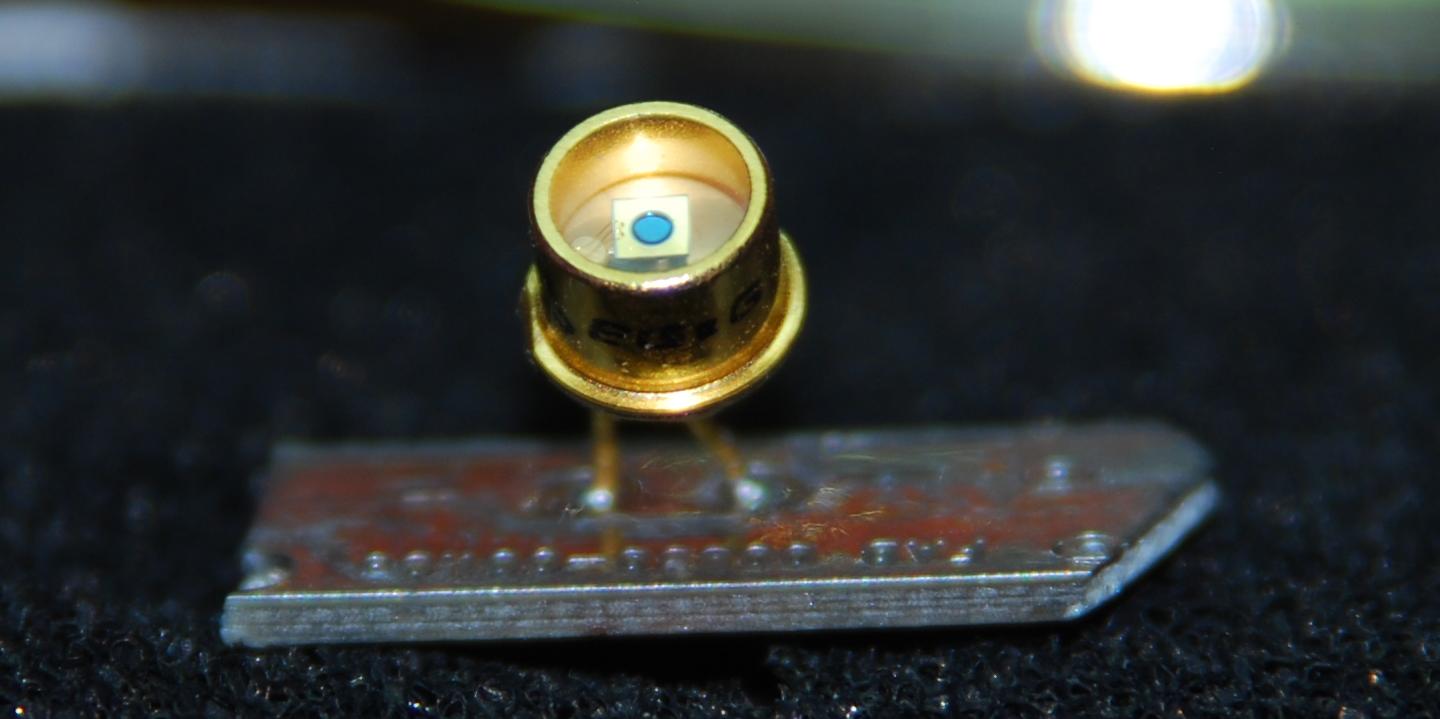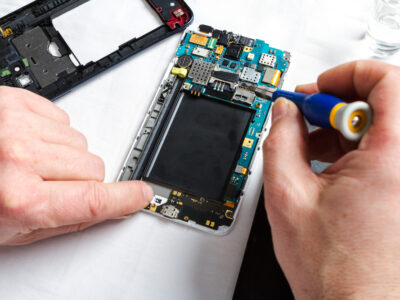An APD photodetector, also known as Avalanche photodiode detector, is a highly sensitive photodiode that generates an electric current when exposed to radiation. The APD photodetector was invented in 1952 by Jun-ichi Nishizawa, a Japanese engineer. Further discoveries have been made on APD photodetectors to increase the areas in which they are applied. An APD photodiode is a high reverse voltage-operated semiconductor-based photodetector. Currently, there are many types of photodetectors on the market for various applications. Here are some applications of APD photodetectors.
Telecommunication
APD photodetectors are used in the manufacture of long-distance communication equipment. The photodetectors have the ability to pick up low frequency radiation and convert it into an electric current, which is sent as communication signals. The amount of electric current produced by these detectors depends on the strength of the electromagnetic waves received. Therefore, current generated by low frequency radiation is amplified for clarity of information. APD photodetectors are preferred in communication devices due to their low noise-production principle. The precise and fast current production by APD photodetectors is the main reason why they are used in optical communication and distance measurement.
Autonomous Driving
One of the main concerns of vehicle manufacturers is to reduce road accidents as much as possible. The need for improved road safety has led to the invention of self-driving vehicles, which use APD photodetectors. Self-driving vehicles use APD photodetectors to determine critical road safety parameters such as the distance between the vehicle and surrounding obstacles or the car in front. The sensors installed in these vehicles continuously send out and receive reflected radiation from the surrounding environment of the vehicle. As a result, the driver is alerted when an object is too close. Close objects reflect the radiation faster; the system responsible for distance calculation then determines how close the object is.
Limitations Of Using APD Photodetectors
Using APD photodetectors has several limitations. These include;
High Initial Cost
The cost of acquiring and maintaining APD photodetector equipment is usually high. The high prices arise due to expenses manufacturers incur to fine-tune the photodetectors to a specific purpose. For instance, the long-distance communication equipment fitted with APD detectors is likely to be higher than those fitted with other photodetectors. However, communication equipment with APD photodetectors is more efficient.
Health Hazards
Continued exposure to radiation generated and received by APD photodetectors can lead to health complications. Some radiation damages body cells and are potential causes of cancer. In cases of unregulated radiation frequencies, the current generated by APD photodetectors could be destructive. This is seen when communication equipment gets damaged, or communication gets distorted due to excess current produced by high-frequency radiation.
When deciding to use APD photodetectors, individuals or companies need to be accredited by relevant organizations. This ensures the production of quality and safe products for the market. The people tasked with the operation of such devices should have adequate skills and knowledge of how to use them. This helps in maintaining the durability of the equipment.













Comments